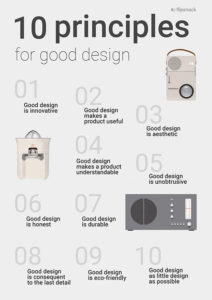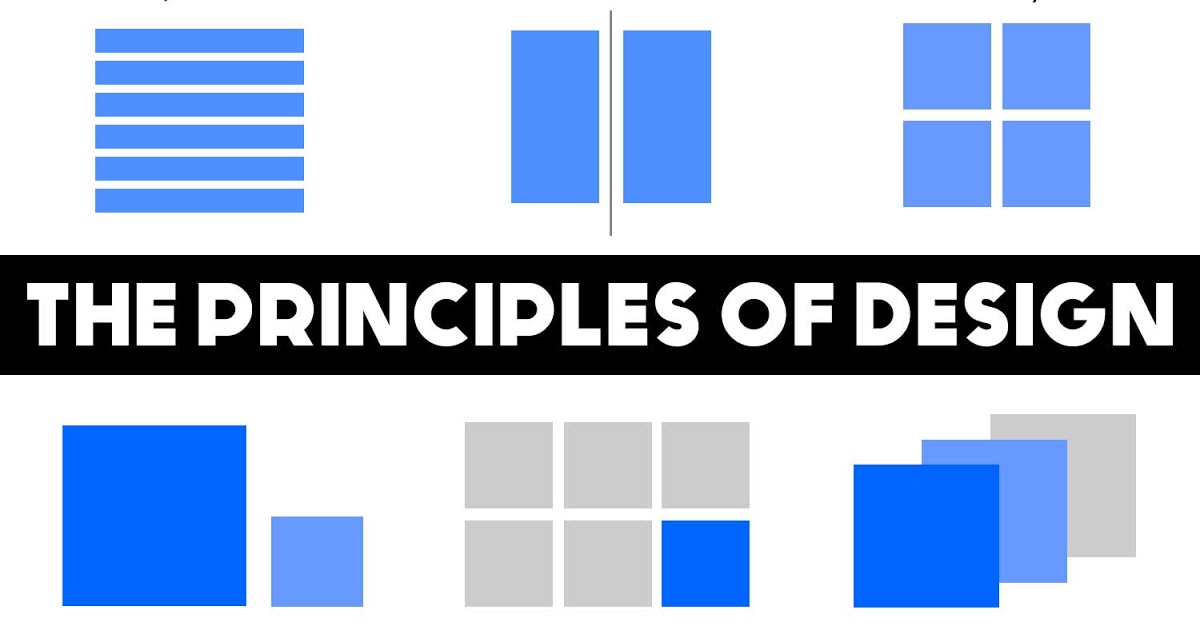Making a good ppt is an art, and the principles of good design can be used to make your ppt look like a work of art. For this, we draw from Dieter Ram’s Ten Principles of “Good Design”

1. Good Design Is Innovative
Don’t believe anybody who tells you the possibility for innovation has been exhaused. Tech innovation is always making new opportunities for innovative design. They work hand in hand. Don’t be afraid to make a cutting-edge PPT.
2. Good Design Makes a Product Useful
A product is created so that it will be used. But it does not have to be just functional, it should be good looking and easy to use. It is also important that it is useful in itself, but also eliminates useless characteristics. Each PPT element should have a place and reason.
3. Good Design Is Aesthetic
The aesthetic quality of a product is integral to its usefulness because products are used every day and have an effect on people and their well-being. Only well-executed objects can be beautiful. Therefore, a PPT shouldn’t be crowded or ugly.
4. Good Design Makes A Product Understandable
There should be no ambiguity in how to use a product. Therefore, a PPT should also have coherant elements that don’t need explanations, like infographics with good arrows and design elements.
5. Good Design Is Unobtrusive
PPTs fulfilling a purpose are like tools. They are neither decorative objects nor works of art. Their design should therefore be both neutral and restrained, to leave room for the audience interpretation.
6. Good Design Is Honest
It does not make a product more innovative, powerful or valuable than it really is. PPTs that try too hard are extremely distracting in their objective.
7. Good Design Is Long-lasting
It avoids being fashionable and therefore never appears antiquated. Therefore there is no shame in returning to one’s basics.
8. Good Design Is Thorough Down to the Last Detail
Nothing must be arbitrary or left to chance. Care and accuracy in the design process show respect towards the audience, rather than having random elements just to make it look good, it helps to have a purpose for every element.
9. Good Design Is Environmentally Friendly
It conserves resources and minimises physical and visual pollution through its existence.
10. Good Design Is as Little Design as Possible
Less, but better – because it concentrates on the essential aspects, and the products are not burdened with non-essentials. It sends us back to purity, back to simplicity.

